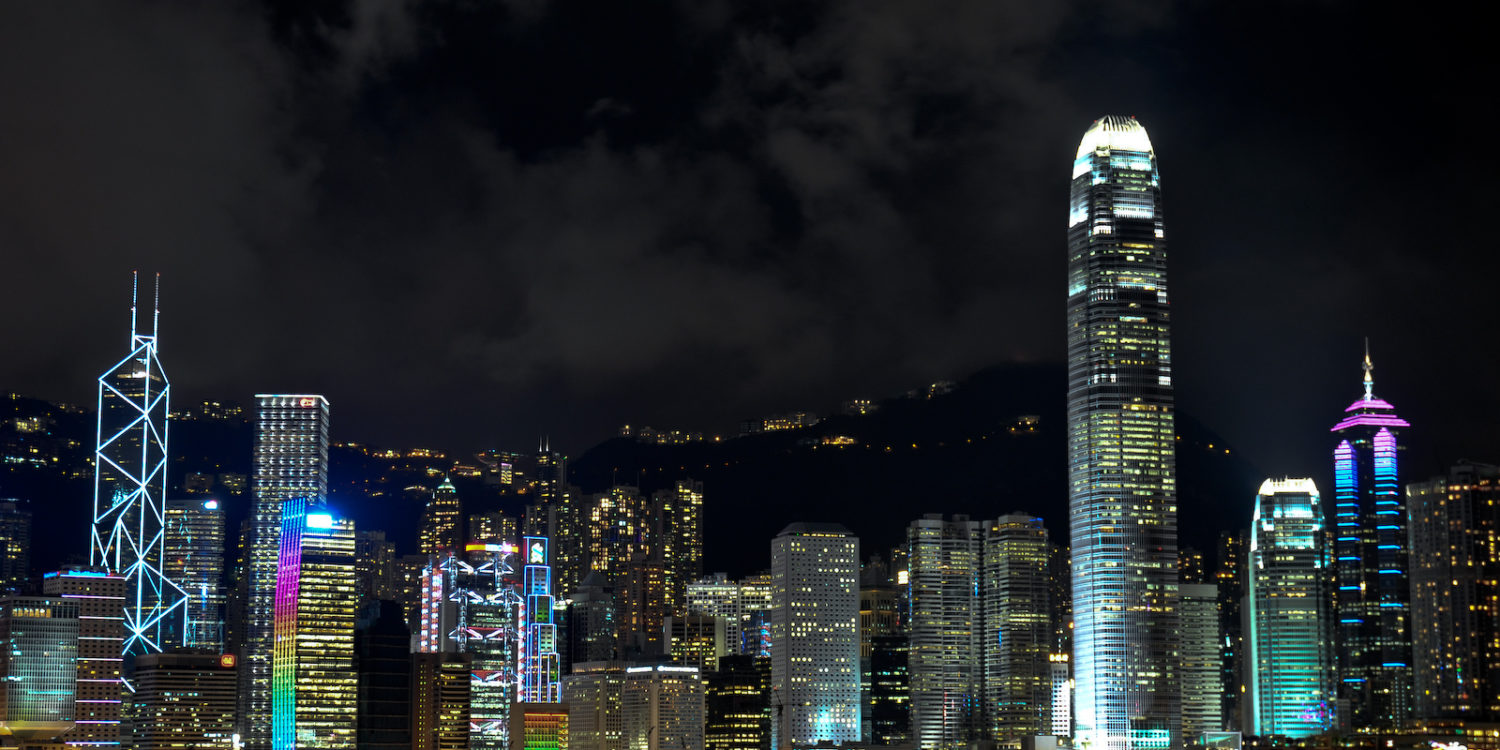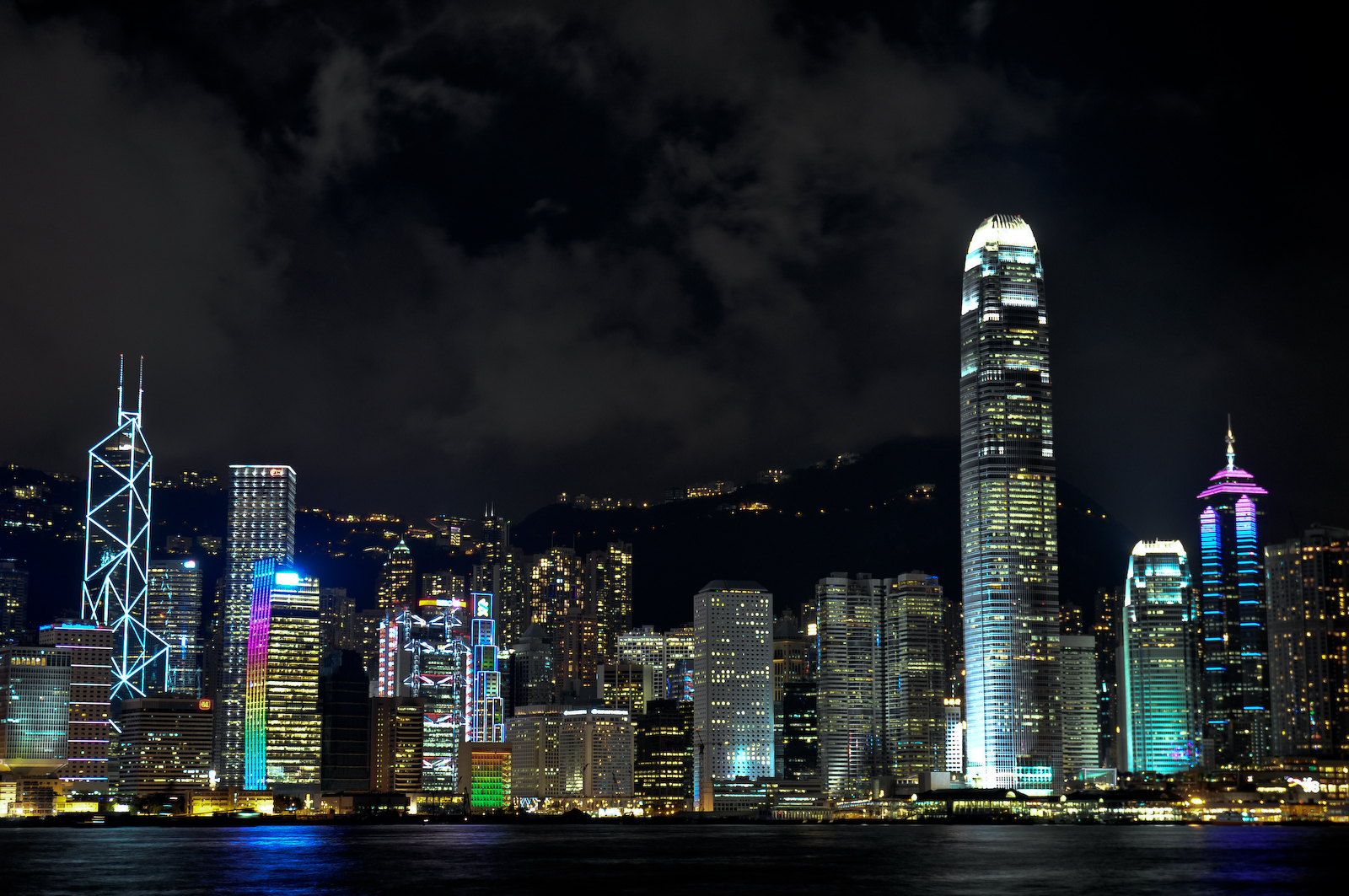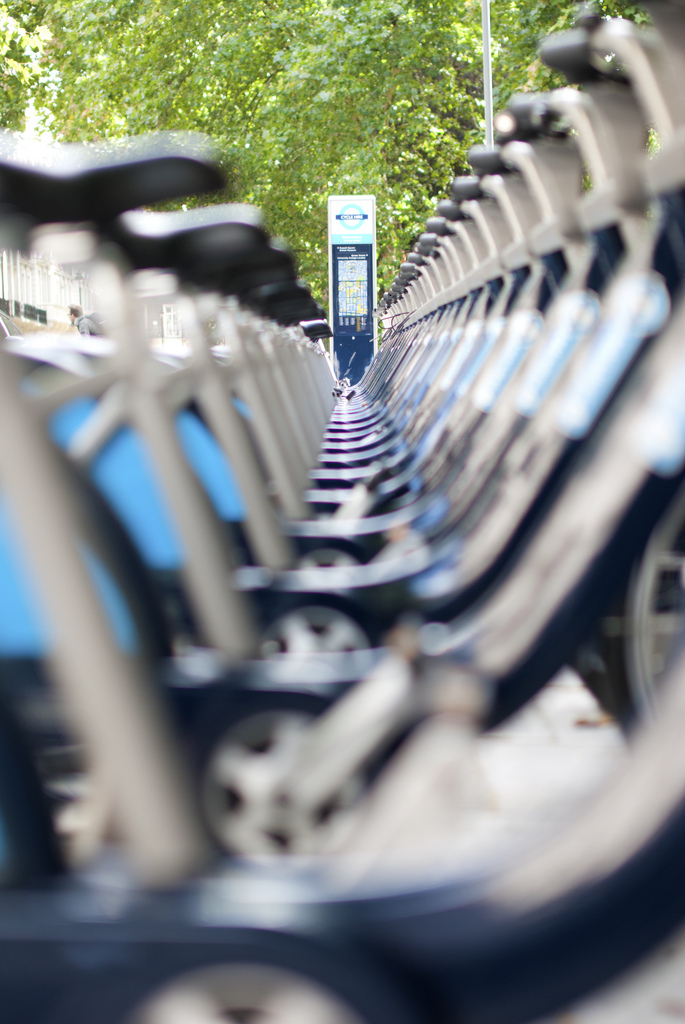Free Enterprise published an article titled “How Business is Shaping the City of Tomorrow“. After summing up the notorious statistics of how our planet is expected to urbanize over the next decades, a promising story unfolds about the how the involvement of business in this process can help our cities to adapt to new realities and get ready for the urban age. The article is based on research by the Business Civic Leadership Center (BCLC), part of The U.S. Chamber of Commerce.
Here’s a list of ways in which BCLC thinks business can provide solutions to the our future cities.
– Traditional modes of transportation will be joined by hybrid solutions like zipcars, Car2go, self-driving cars, and more customized mass transit solutions.
– Highways will become smarter, while traffic congestion will be priced more efficiently.
– Buildings will be interactive, modulating ambient temperatures in different rooms in a more customized fashion and conserving energy more efficiently.
– There are a number of companies working on solutions to bridge the “digital divide,” expanding internet access globally.
– Cities will develop multiple layers of commerce by supporting a “buy local” sentiment while hosting many national brands; examples include Atlanta, New Orleans, and San Francisco.
– The virtual office will become more omnipresent, with home office solutions becoming widespread.
– Cities like Abu Dhabi, Kuala Lumpur, Jakarta, Shanghai, and Hong Kong are investing in vertical development, with new building materials and engineering solutions enabling urban designs that were not feasible even a decade ago.
London’s “Boris Bikes”, an example of an urban service outsourced: The infrastructure is funded by Barclays, and is simultaneously an enormous branding vehicle.
The list includes both examples that are already visible, and some that are still rather visionary (or utopian). For sure, innovation from the private sector can help our urban systems become more efficient, cheaper, safer, healthier and equitable. But how far should a government go in outsourcing services? Worst case scenario’s involve inequality, segregation, unattuned systems, the outflow of financial benefits and an unorchestrated urban landscape.
And what about urban development? Is loosening control on zoning, land use and building restrictions a good or a bad thing? Is the marketization of urban space an improvement for a city’s economy and its inhabitants or detrimental to diversity, the uneven spatial dispersion of vulnerable groups, local business viability and identity? What is the right balance between government control and free market urbanism? These and other issues were discussed during Failed Architecture #09: Sell Out Cities.


